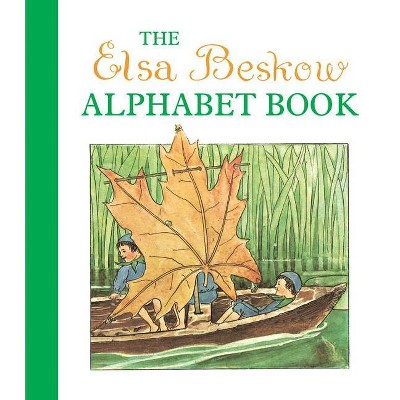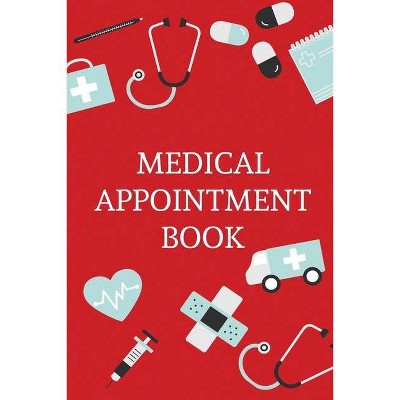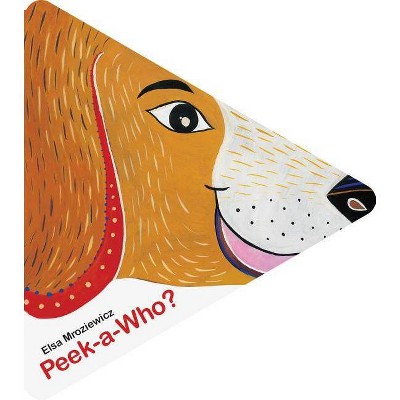Medical Herb Book - by Elsa Johnson (Paperback)

Similar Products
Products of same category from the store
AllProduct info
<p/><br></br><p><b> Book Synopsis </b></p></br></br><p><strong>Medicinal plants</strong> are <em>herbal organisms containing substances</em> that can <em>generate therapeutic benefits</em>.</p><p><br></p><p>According to data collected by <strong><em>the World Health Organization</em></strong>, plants provide the active ingredients and adjuvants used in 25% of existing medicines and over 7,000 medical compounds are derived from plants.</p><p><br></p><p>Medicinal plants: origins the use of herbal medicines dates <em>back as far as 1500 B.C.</em> when the ancient Egyptians used medicinal herbs such as myrrh, ivy and marjoram.</p><p><br></p><p><strong>The first well-organized medical treatises</strong> on the benefits of plants, on the other hand, are due to the Greek <strong><em>Hippocrates</em></strong>, in the fifth century BC, who took up the recipes and findings of Heracles and Celsus, his predecessors.</p><p><br></p><p>The Romans, starting from the first century AD, promoted the cultivation of medical gardens, i.e. gardens <strong>dedicated to hosting medicinal plants</strong>.</p><p><br></p><p><strong>The first pharmacopoeia, </strong> with precise recipes, also in relation to chemical compositions, is <strong><em>due to the Arab civilization that also promoted</em></strong> the use of tinctures and distillates.</p><p><br></p><p><em>For this reason</em> we have decided to propose a new "shortened" list focused <strong>on the 150 most used medical plants</strong>.</p><p><br></p><p><em>The criterion we have used</em> in our definition of "medicinal plants" includes: <strong><em>plants and shrubs, also with berries, edible flowers or with curative properties and roots.</em></strong></p>
Price History
Price Archive shows prices from various stores, lets you see history and find the cheapest. There is no actual sale on the website. For all support, inquiry and suggestion messages communication@pricearchive.us




















